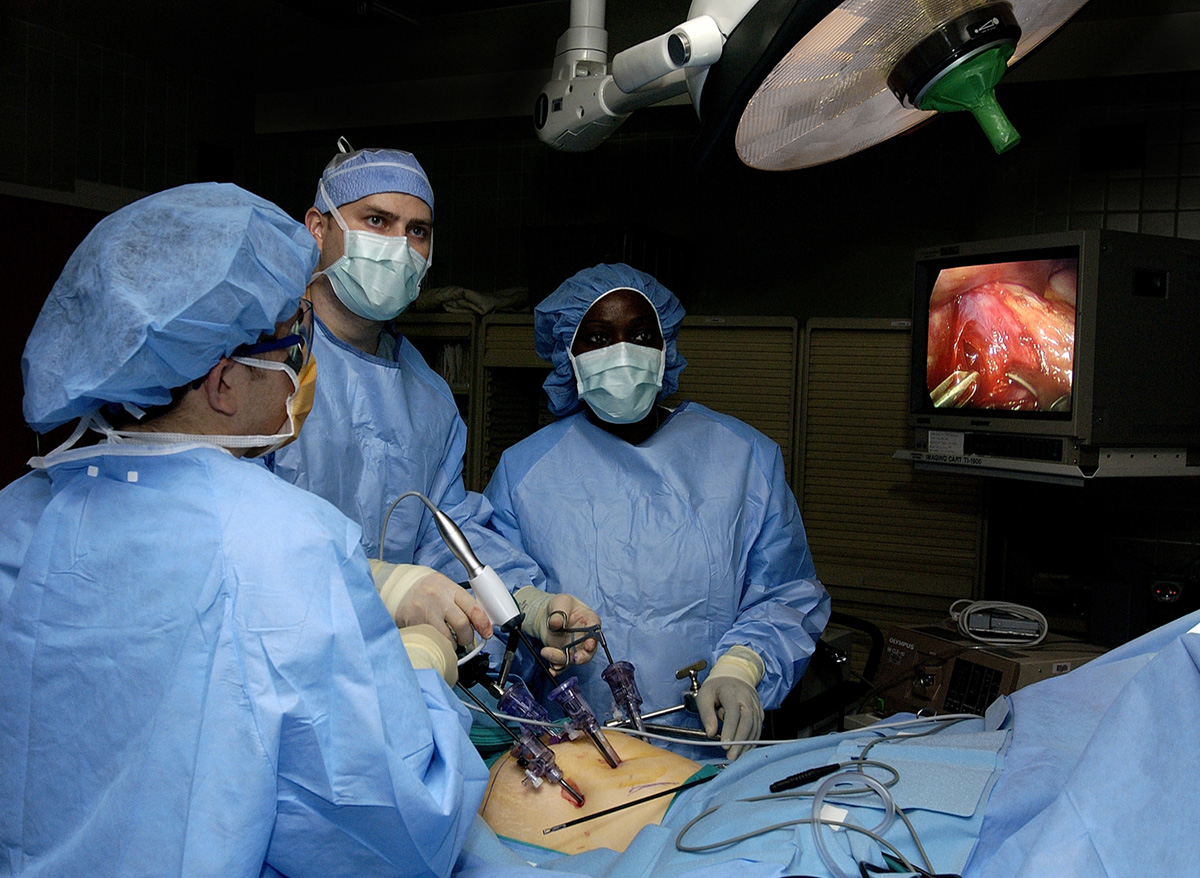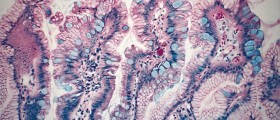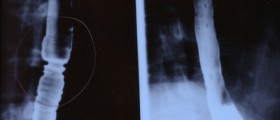
Introduction
Gastroesophageal reflux is a condition that occurs very commonly in people although the severity of the condition can differ drastically. In the more mild cases, a person will have occasional heartburn attacks, but more severe cases can lead to a person developing ulcerations, which can lead to further to a narrowing of the esophagus.
In normal cases, acid that is found in food will stay in the stomach and thanks to the esophageal sphincter.
This mechanism prevents the food from moving back into the esophagus when a person is bending or lying down.
Some people have a weakened sphincter, which is usually related to a protrusion of the stomach caused by a defect referred to as a hiatal hernia.
If the reflux of the stomach’s content is causing problems and discomfort, it is often due to the damage being caused to the lining of the esophagus.
These symptoms increase in severity when eating certain types of foods and drinks that are high in acidic content, or when people are overweight or eating right before they go to bed or stretch out on the couch to watch television.
There are more natural treatments for the mild cases that will include dietary changes, needed weight loss, medications for reducing the level of acid in the stomach or increasing muscle contractions in the esophagus and stomach.
However, in the more serious cases, surgery will usually need to be performed. Surgery
The surgery aims to control the reflux of acid permanently by making the esophageal sphincter stronger.
In this surgery the stomach is repositioned in its regular location below the diaphragm then the defect in the diaphragm is corrected, after which a portion of the stomach is then used to encircle the lower esophagus in order to strengthen the sphincter.
The surgery will traditionally require a large abdominal incision to be made.
This approach has a high success rate, but the recovery time is very long because of the large incision, sometimes forcing the person to stay in the hospital for six weeks.
Thanks to modern technology, however, there is a surgery available that is a lot less invasive. It includes small incisions and the use of a video camera inserted into the body, called a laparascope.
Five very small incisions will usually be made, through which all the operating is done.
After such a surgery, the patient will be able to go home after only two nights spent in the hospital and will be able to return to work in about a week’s time.

















Your thoughts on this
Loading...